Home>Garden Essentials>What Is Inoculated Seed
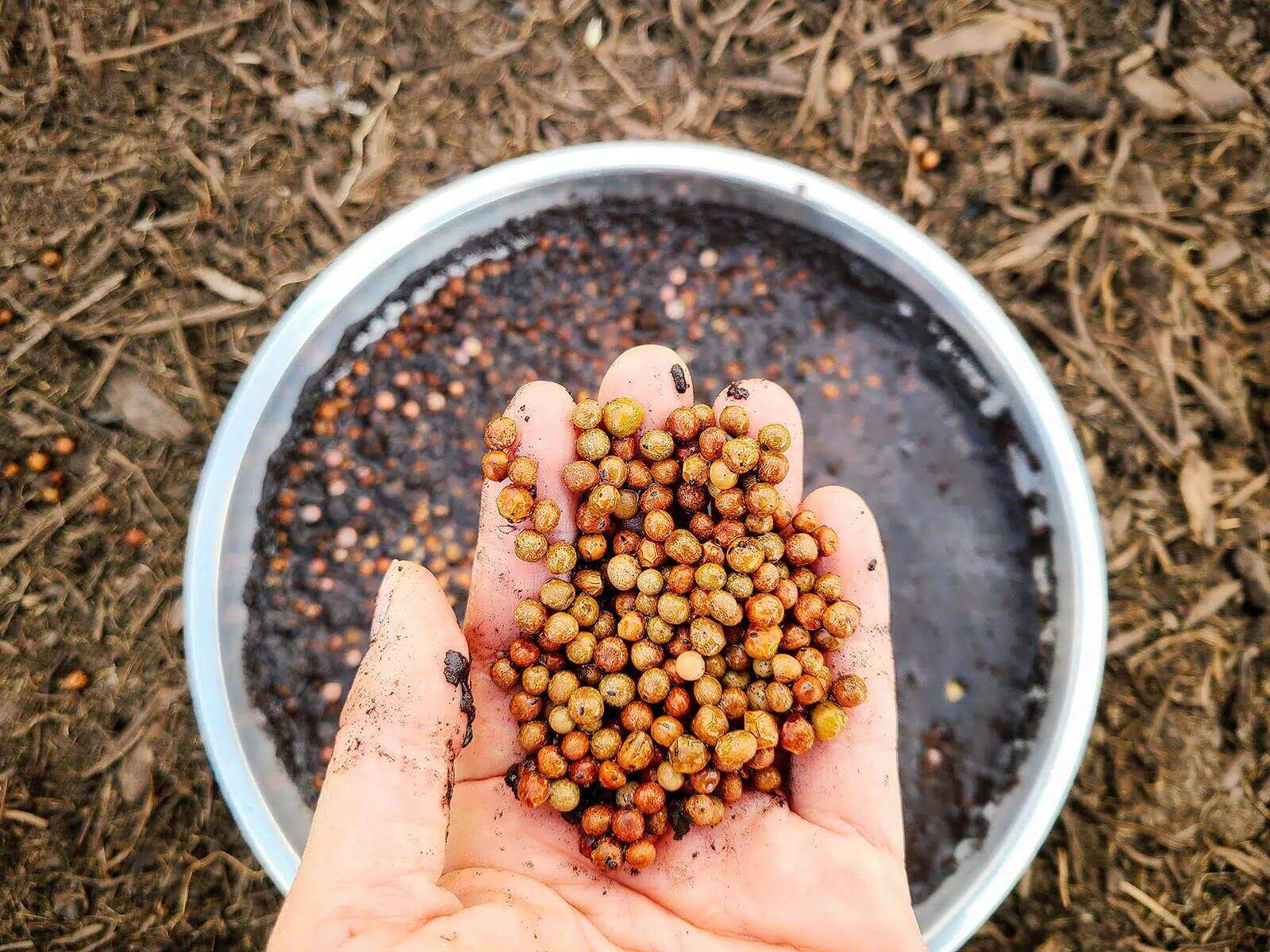

Garden Essentials
What Is Inoculated Seed
Modified: March 16, 2024
Discover the benefits of using inoculated seed in your garden. Boost plant health and productivity with this innovative gardening technique.
(Many of the links in this article redirect to a specific reviewed product. Your purchase of these products through affiliate links helps to generate commission for Storables.com, at no extra cost. Learn more)
Introduction
Welcome to the wonderful world of gardening! Whether you are a seasoned gardener or a newbie to the craft, one thing is for certain – the key to a successful garden lies in healthy and thriving plants. But have you ever wondered how some gardeners manage to grow luscious, vibrant plants while others struggle to keep theirs alive?
The answer may lie in something called inoculated seed. Inoculated seed is a term that you may have come across if you’ve been doing your research on gardening techniques. But what exactly is inoculated seed and why is it important for the growth of your plants?
In this article, we will explore the definition of inoculated seed, its purpose, the benefits of using it, the process of inoculating seeds, the microorganisms used, factors that affect its success, its application in different crops, and the challenges and limitations associated with it.
So, if you’re ready to dive into the world of inoculated seed and discover how it can transform your garden, let’s get started!
Key Takeaways:
- Inoculated seed introduces helpful microorganisms to plants, promoting better growth, disease resistance, and soil fertility. It’s like giving plants a secret weapon for a thriving garden!
- Using inoculated seed can lead to healthier plants, increased crop yield, and reduced reliance on synthetic fertilizers and pesticides. It’s like a natural boost for your garden’s success!
Read more: How To Inoculate Clover Seed
Definition of Inoculated Seed
Inoculated seed refers to seeds that have been treated with beneficial microorganisms, typically bacteria or fungi, before planting. These microorganisms form a symbiotic relationship with the plant roots, helping them to absorb nutrients more effectively from the soil.
The process of inoculating seeds involves coating them with a carrier material, such as a gel or powder, containing the selected microorganisms. This ensures that the microorganisms are present and active when the seeds germinate and grow. The goal is to establish a mutually beneficial relationship between the microorganisms and the plant, known as symbiosis.
It’s important to note that not all seeds require inoculation. Inoculated seed is typically used for plants that have a specific requirement for certain microorganisms to aid in their growth and development. These microorganisms can provide various benefits to the plants, such as nitrogen fixation, disease resistance, and enhanced nutrient absorption.
Overall, the concept of inoculated seed revolves around introducing beneficial microorganisms to the seeds, creating a harmonious relationship that promotes plant health and productivity.
Purpose of Inoculated Seed
The primary purpose of using inoculated seed is to enhance the health and productivity of plants through the introduction of beneficial microorganisms. These microorganisms play a crucial role in improving the plant’s ability to absorb nutrients and defend against diseases and pests.
One of the main purposes of using inoculated seed is to promote nitrogen fixation in plants. Nitrogen is an essential nutrient for plant growth, and certain bacteria have the capability to convert atmospheric nitrogen into a form that plants can utilize. By inoculating seeds with nitrogen-fixing bacteria, the plants can access a sustainable source of nitrogen, reducing the need for synthetic fertilizers and promoting more environmentally friendly farming practices.
Inoculated seed can also enhance disease resistance in plants. Some beneficial microorganisms have the ability to compete with or suppress harmful pathogens in the soil, thereby reducing the risk of plant diseases. This is particularly beneficial in organic farming, where chemical pesticides are not used.
Furthermore, inoculated seed can improve nutrient absorption in plants. The microorganisms form a symbiotic relationship with the plant roots, increasing their surface area and enhancing their ability to uptake nutrients from the soil. This leads to healthier and more robust plants with improved nutrient utilization.
Another purpose of inoculated seed is to improve soil fertility. The microorganisms present in the inoculant can contribute to the development of a healthy soil ecosystem, promoting the decomposition of organic matter, improving soil structure, and enhancing overall soil health. This, in turn, creates a favorable environment for plant growth and increases the long-term productivity of the soil.
Overall, the purpose of using inoculated seed is to harness the power of beneficial microorganisms to improve plant health, nutrient uptake, disease resistance, and soil fertility. It is an effective and sustainable approach to cultivating healthy, high-yielding crops while minimizing reliance on synthetic inputs.
Benefits of Using Inoculated Seed
Using inoculated seed in your garden or farm can bring a multitude of benefits that contribute to the overall success of your crops. Let’s explore some of the key advantages of incorporating inoculated seed into your planting practices:
-
Increased Nutrient Availability: Inoculated seed enhances nutrient absorption in plants. The microorganisms establish a symbiotic relationship with the plant roots, increasing their ability to take up nutrients from the soil. This leads to healthier plants with improved nutrient utilization, resulting in better overall growth and productivity.
-
Nitrogen Fixation: Some beneficial microorganisms, such as nitrogen-fixing bacteria, have the ability to convert atmospheric nitrogen into a usable form for plants. By inoculating seed with these bacteria, plants can access a sustainable source of nitrogen, reducing the need for synthetic fertilizers. This not only saves costs but also minimizes environmental pollution caused by excess fertilizers.
-
Disease Resistance: Inoculated seed can enhance the plant’s ability to defend against diseases. The beneficial microorganisms present in the inoculant can actively compete with and suppress harmful pathogens, reducing the risk of infection and disease development. This reduces the need for chemical pesticides and promotes more sustainable and environmentally friendly farming practices.
-
Improved Soil Health: Inoculated seed contributes to the improvement of soil health and fertility. The microorganisms in the inoculant help break down organic matter, improving soil structure and nutrient cycling. This, in turn, enhances the overall health and productivity of the soil, creating a sustainable and fertile environment for plant growth.
-
Increased Crop Yield: The combined effects of improved nutrient absorption, nitrogen fixation, disease resistance, and enhanced soil health all contribute to increased crop yield. Inoculated seed promotes healthier and more robust plants, leading to a higher quantity and quality of harvested produce. This can directly impact agricultural productivity and contribute to food security.
These are just some of the key benefits of using inoculated seed in your garden or farm. By incorporating this practice into your planting methods, you can optimize the health and productivity of your crops while adopting sustainable and environmentally friendly farming practices. It’s a win-win situation for both your plants and the planet!
Process of Inoculating Seeds
The process of inoculating seeds involves several steps to ensure the proper application of beneficial microorganisms onto the seeds. Here is a general outline of the process:
-
Selection of Microorganisms: The first step is to select the appropriate microorganisms for inoculation based on the specific needs of the plant. Different crops may require different strains of bacteria or fungi that provide specific benefits, such as nitrogen fixation or disease suppression.
-
Preparation of Inoculant: The selected microorganisms are then cultured and grown under controlled conditions to obtain a concentrated population. These microorganisms are typically mixed with a carrier material to create the inoculant. The carrier can be a gel, powder, or liquid substance that provides a stable environment for the microorganisms and allows for easy application.
-
Seed Coating: The next step is to coat the seeds with the inoculant. This can be done manually by gently mixing the seeds with the inoculant until they are evenly coated, or by using specialized equipment that ensures uniform coverage. It is crucial to handle the seeds with care during this process to avoid damage or excessive abrasion.
-
Drying and Curing: After coating the seeds, they need to be dried and cured to ensure the stability and viability of the inoculant. This step is vital to prevent the growth of harmful microorganisms and to maintain the effectiveness of the beneficial microorganisms on the seeds. Proper temperature and humidity control during the drying process are essential.
-
Storage and Application: Once the seeds are properly dried and cured, they can be stored in a cool and dry place until they are ready for planting. When it’s time to sow the seeds, they can be treated and handled like regular untreated seeds. The beneficial microorganisms will become active once the seeds germinate and establish a root system.
It’s important to follow best practices and guidelines for the specific microorganisms being used and to ensure that the inoculation process is carried out under sterile or controlled conditions. This will help maximize the effectiveness of the inoculant and minimize the risk of contamination or reduced viability of the microorganisms.
By following these steps, you can successfully inoculate your seeds with beneficial microorganisms, setting the stage for improved plant growth, increased nutrient absorption, disease resistance, and overall better crop performance.
Inoculated seed is a type of seed that has been treated with beneficial bacteria or fungi to improve its ability to absorb nutrients from the soil. This can help the plant grow healthier and stronger.
Read more: How To Store Inoculated Spawn Bags
Microorganisms Used in Inoculated Seed
Various types of microorganisms are used in the process of inoculating seeds, each offering specific benefits to plants. Let’s explore some of the most commonly used microorganisms in inoculated seed:
-
Rhizobium Bacteria: Rhizobium bacteria are well-known for their ability to fix nitrogen in leguminous plants, such as beans, peas, and clover. These bacteria form nodules on the roots of the plants and convert atmospheric nitrogen into a usable form for the host plants. Inoculating legume seeds with rhizobium bacteria ensures a sustainable source of nitrogen, reducing the need for nitrogen fertilizers.
-
Mycorrhizal Fungi: Mycorrhizal fungi establish a mutualistic relationship with plant roots, forming mycorrhizae. They enhance nutrient absorption by extending the root system and increasing the surface area for nutrient uptake. These fungi particularly improve the uptake of phosphorus, enhancing plant growth and productivity in a variety of crops.
-
Trichoderma: Trichoderma is a genus of fungi that promotes plant health by suppressing pathogenic fungi. These fungi release enzymes that inhibit the growth of harmful fungi, protecting plants from diseases such as root rot and damping-off. Inoculating seeds with Trichoderma can help improve the overall disease resistance of the plants.
-
Azospirillum: Azospirillum is a group of beneficial bacteria commonly used to inoculate cereal crops such as rice, wheat, and corn. These bacteria colonize the root surface and facilitate the uptake of nitrogen from the soil. They also produce growth-promoting substances like phytohormones, stimulating plant growth and development.
-
Bacillus: Several species of Bacillus bacteria are used for inoculating seeds due to their versatile benefits. They produce antibiotics that suppress harmful pathogens, enhance nutrient availability through the solubilization of minerals, and stimulate plant growth. Bacillus strains are commonly applied to a wide range of crops, including vegetables, fruits, and cereals.
These are just a few examples of the microorganisms used in inoculated seed. The selection of microorganisms depends on the specific needs of the plant, the type of crop, and the soil conditions. It’s important to choose the appropriate microorganisms based on the desired benefits and compatibility with the target plant species.
By harnessing the power of these beneficial microorganisms through seed inoculation, gardeners and farmers can optimize plant growth, improve nutrient uptake, enhance disease resistance, and create a healthier and more robust ecosystem for their crops.
Factors Affecting the Success of Inoculated Seed
While inoculated seed can bring numerous benefits to plant growth and productivity, several factors can influence the success and effectiveness of the inoculation process. Understanding these factors is crucial for achieving optimal results. Let’s explore some of the key factors that can impact the success of inoculated seed:
-
Seed Quality: The quality and viability of the seed are critical for successful inoculation. Seeds should be of good quality, free from diseases, and have a high germination rate. Poor-quality seeds may have reduced ability to establish a symbiotic relationship with the inoculant, leading to less effective inoculation.
-
Application Technique: The method used to apply the inoculant onto the seeds can significantly impact the success of inoculated seed. It’s important to ensure even and uniform coverage of the seed surface to maximize contact between the microorganisms and the seed. Improper application techniques may result in uneven inoculation or inadequate distribution of the beneficial microorganisms.
-
Environmental Conditions: Environmental conditions, such as temperature, moisture, and soil pH, can influence the survival and activity of the inoculated microorganisms. Some microorganisms have specific temperature and moisture requirements for optimal growth and function. The pH of the soil should be within a suitable range for the microorganisms to thrive and establish symbiosis with plant roots.
-
Compatibility between Microorganism and Plant: The compatibility between the selected microorganism and the plant species is crucial for a successful inoculation. Different microorganisms have specific host plant preferences, and it’s important to choose the appropriate microorganism that can effectively colonize the roots of the desired plant species.
-
Storage and Shelf Life: Proper storage conditions are essential to maintain the viability of the inoculant. The inoculated seed should be stored in a cool and dry place to prevent the growth of harmful microorganisms and ensure the long shelf life of the inoculant. It’s important to adhere to the recommended storage guidelines provided by the manufacturer.
-
Soil Conditions: The condition of the soil where the inoculated seed is planted is another crucial factor. The soil should be devoid of harmful chemicals or excessive levels of fertility, as they may interfere with the establishment of the beneficial microorganisms. Preparing the soil by maintaining proper nutrient levels and a balanced pH can create a favorable environment for the microorganisms to thrive.
By considering these factors and implementing appropriate measures, such as using high-quality seeds, following recommended application techniques, ensuring favorable environmental and soil conditions, and proper storage, the success of inoculated seed can be maximized. It’s important to pay attention to these factors to ensure the best possible outcomes and to fully capitalize on the benefits of inoculated seed.
Application of Inoculated Seed in Different Crops
The application of inoculated seed can be beneficial in a wide range of crops, spanning from vegetables to grains and legumes. Let’s explore how inoculated seed can be applied in different crops:
-
Legumes: Leguminous crops, such as beans, peas, lentils, and soybeans, greatly benefit from inoculated seed. These crops form a symbiotic relationship with nitrogen-fixing bacteria, known as rhizobia. Inoculating legume seeds with the compatible strain of rhizobia helps establish nodules on the roots, enabling the plants to fix atmospheric nitrogen. This reduces the need for nitrogen fertilizers and enhances soil fertility.
-
Cereals and Grasses: Cereal crops, like rice, wheat, corn, and barley, can also benefit from seed inoculation. Certain bacteria, such as Azospirillum, can colonize the roots of cereal crops, promoting nitrogen fixation and stimulating plant growth. This can lead to increased yields and improved overall plant health.
-
Fruits and Vegetables: Inoculated seed has shown positive effects on various fruits and vegetables, including tomatoes, peppers, cucumbers, and melons. Inoculation with beneficial microorganisms can enhance nutrient uptake, improve disease resistance, and increase overall plant vigor. It also contributes to the development of healthier fruits and vegetables, leading to better taste and nutritional value.
-
Perennials and Trees: Inoculated seed can also be used in perennial crops, such as fruit trees, nuts, and forestry species. Mycorrhizal fungi form a beneficial association with the roots of these plants, enhancing nutrient absorption and improving overall plant health. Inoculating tree seeds or seedlings with mycorrhizal fungi can facilitate their establishment and growth in various soil conditions.
-
Forage and Pasture Grasses: Inoculated seed is commonly used in forage and pasture grasses. These crops rely on nitrogen availability for optimal growth and production. By inoculating grass seeds with nitrogen-fixing bacteria or applying specific strains of fungi, these crops can benefit from enhanced nitrogen fixation, leading to increased forage quality and plant productivity.
The application of inoculated seed in different crops provides numerous advantages, including improved nutrient uptake, disease resistance, and overall plant performance. However, it’s important to select the appropriate microorganism for each specific crop and follow the recommended application guidelines. By incorporating inoculated seed into various crop production systems, farmers and gardeners can optimize plant health, reduce the reliance on synthetic inputs, and promote sustainable and environmentally friendly farming practices.
Challenges and Limitations of Inoculated Seed
While inoculated seed offers numerous advantages, there are also some challenges and limitations associated with its use. It’s important to be aware of these factors in order to make informed decisions regarding its application. Let’s explore some of the challenges and limitations of inoculated seed:
- Compatibility: The success of inoculated seed relies on the compatibility between the selected microorganisms and the target crop. Certain microorganisms may be more effective with specific plant species, while others may have limited benefits or may not establish a symbiotic relationship at all. Therefore, it’s important to choose the appropriate microorganism that is compatible with the desired crops.
- Environmental Conditions: Environmental conditions can impact the survival and effectiveness of the inoculated microorganisms. Factors such as temperature, moisture, and soil pH can influence their viability and activity. Extreme conditions, such as high temperatures or overly acidic soil, may reduce the efficacy of the inoculant, leading to suboptimal results.
- Application Techniques: Proper application of the inoculant onto the seeds is crucial for its success. Uneven coating or inadequate distribution of the microorganisms can result in uneven inoculation, leading to inconsistent benefits across the crop. It’s important to follow recommended application techniques to ensure uniform coverage of the seeds.
- Storage and Shelf Life: The shelf life and viability of the inoculant can vary depending on the specific microorganism and the storage conditions. Improper storage can result in reduced effectiveness of the microorganisms, leading to lower success rates of inoculated seed. It is important to store the inoculated seed in a cool and dry environment according to the manufacturer’s guidelines.
- Cost: Inoculated seed may come at an additional cost compared to untreated seeds. The production and application of the inoculant, as well as the research and development behind it, contribute to the higher cost. It’s important to evaluate the potential benefits against the cost to determine if the use of inoculated seed is economically viable for a particular crop or farming system.
It’s also worth mentioning that the effectiveness of inoculated seed can vary depending on the specific soil conditions and management practices. Factors such as the presence of other microorganisms in the soil, the use of synthetic fertilizers, and the overall health of the soil can influence the success of the inoculant.
By being aware of these challenges and limitations, farmers and gardeners can make informed decisions regarding the use of inoculated seed. It’s important to carefully consider the specific needs of the crops, the compatibility of the microorganisms, and the environmental conditions to maximize the benefits of inoculated seed and achieve the desired outcomes in crop production.
Read more: How To Store Inoculated Agar Plates
Conclusion
Inoculated seed is a powerful tool in the world of gardening and agriculture, offering numerous benefits for plant growth, nutrient uptake, disease resistance, and soil health. By introducing beneficial microorganisms to the seeds, inoculated seed establishes symbiotic relationships that promote plant health and productivity.
Through the process of inoculation, seeds are coated with a carrier material containing selected microorganisms. These microorganisms can include nitrogen-fixing bacteria, mycorrhizal fungi, disease-suppressing bacteria, and growth-promoting fungi, among others. The application of inoculated seed is beneficial across a wide range of crops, including legumes, cereals, fruits, vegetables, and forage grasses.
However, there are factors that can influence the success of inoculated seed. Seed quality, application techniques, environmental conditions, compatibility of microorganisms, and proper storage all play a role in the effectiveness of the inoculant. It’s important to address these factors to maximize the benefits of inoculated seed and achieve optimal results.
Despite the challenges and limitations associated with its use, the adoption of inoculated seed opens up possibilities for sustainable and environmentally friendly farming practices. It reduces the reliance on synthetic inputs, promotes efficient nutrient utilization, and supports the development of healthier plants and ecosystems.
As you embark on your gardening or farming journey, consider incorporating inoculated seed into your planting practices. Explore the benefits it can bring to your crops, such as increased nutrient availability, nitrogen fixation, disease resistance, improved soil health, and higher crop yields. Remember to choose the appropriate microorganisms for your specific crops and follow recommended application techniques for best results.
With the power of inoculated seed, you can take your garden or farm to new heights, ensuring vibrant and healthy plants that will thrive and yield bountiful harvests. So, dive into the world of inoculated seed and watch your plants flourish like never before!
Frequently Asked Questions about What Is Inoculated Seed
Was this page helpful?
At Storables.com, we guarantee accurate and reliable information. Our content, validated by Expert Board Contributors, is crafted following stringent Editorial Policies. We're committed to providing you with well-researched, expert-backed insights for all your informational needs.
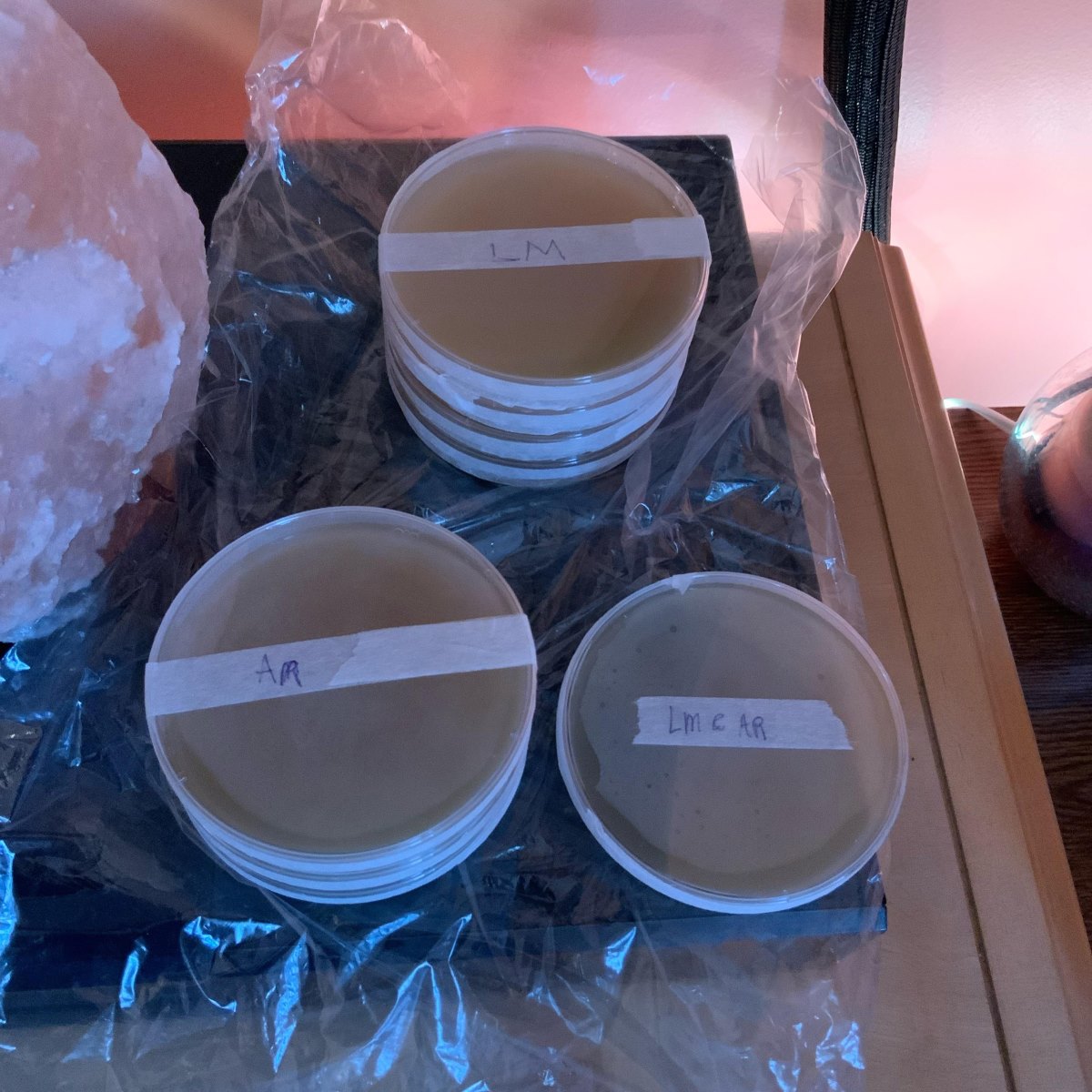
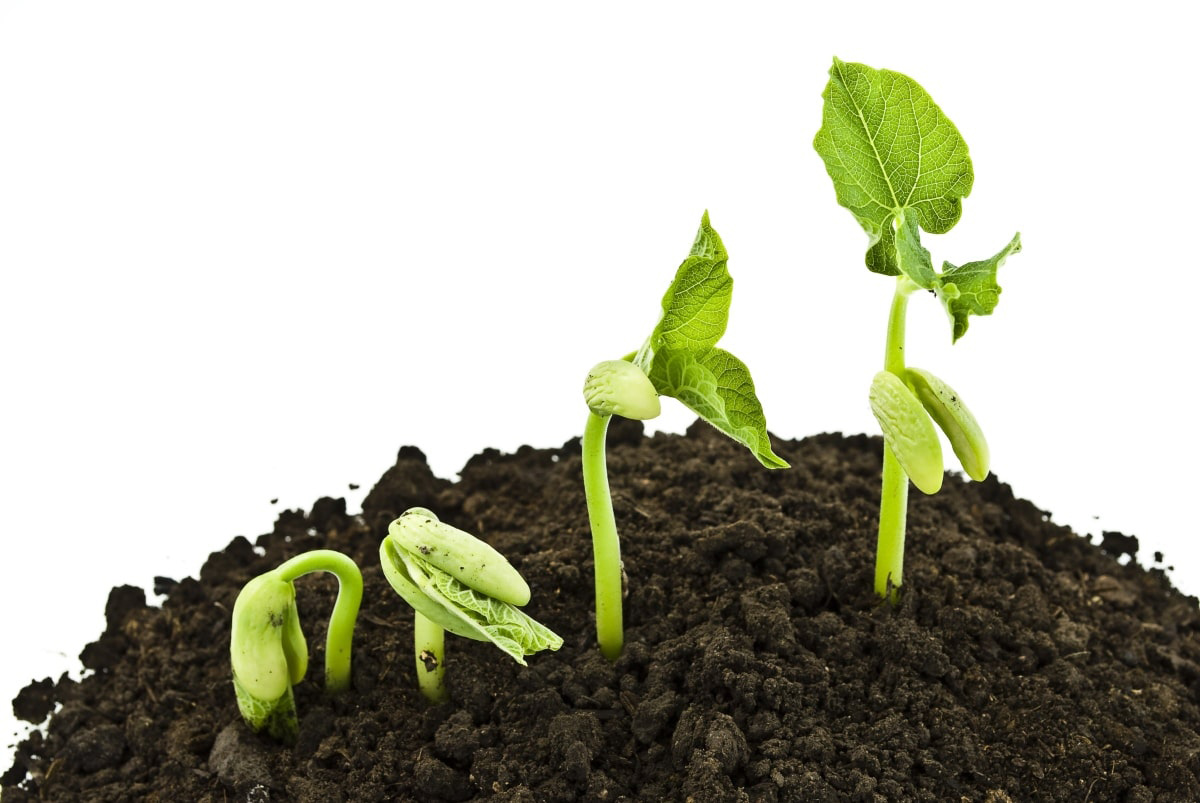
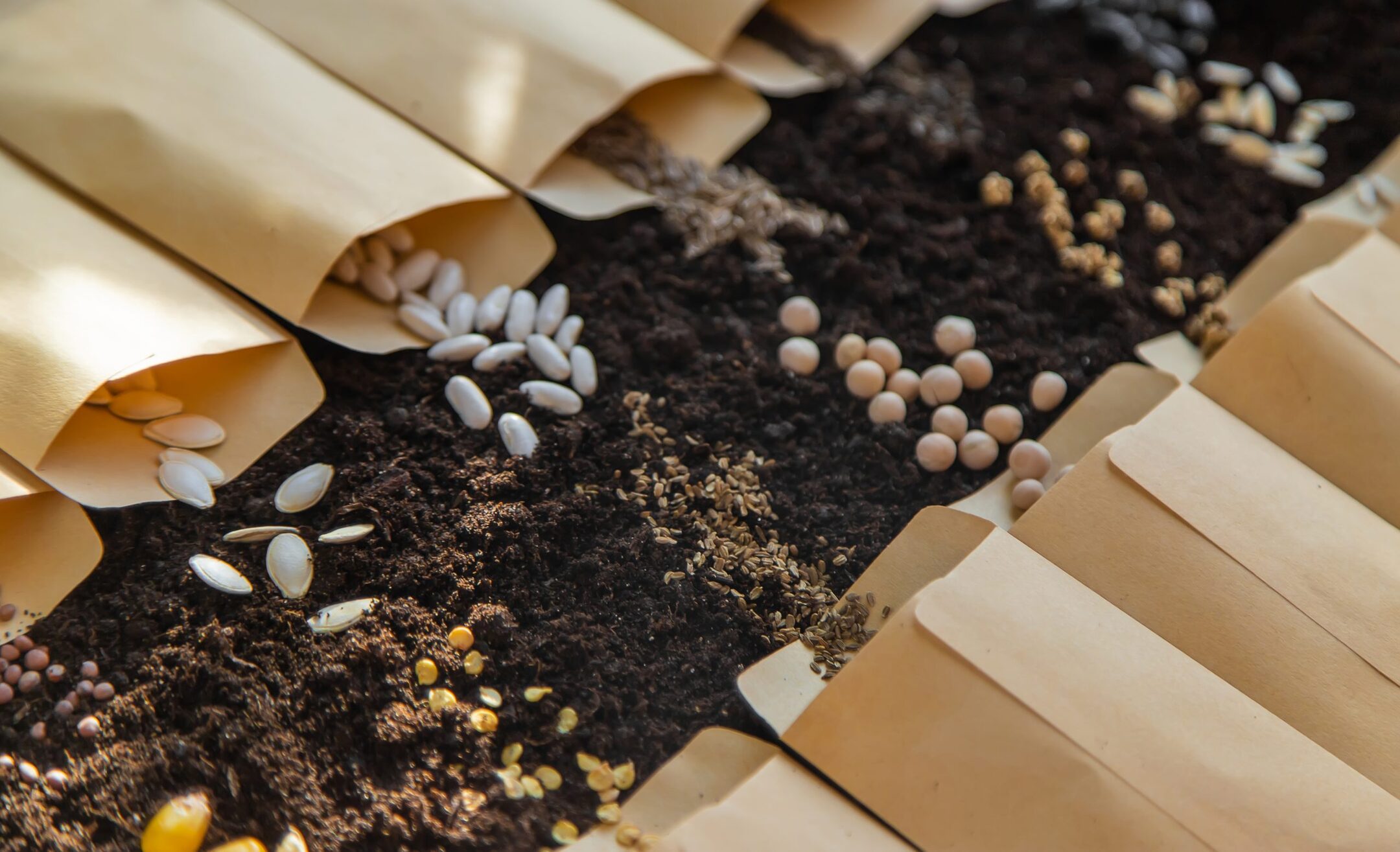
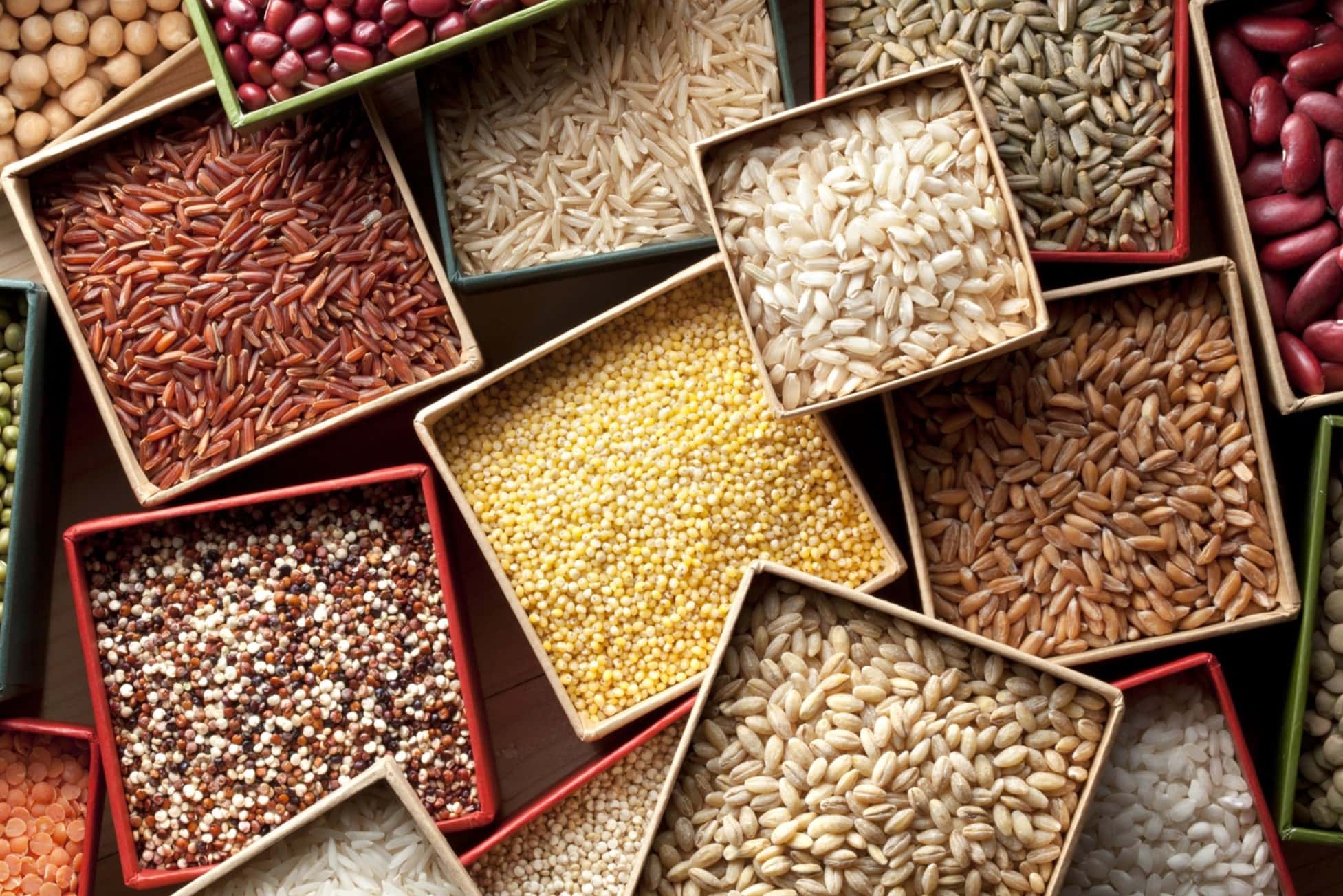
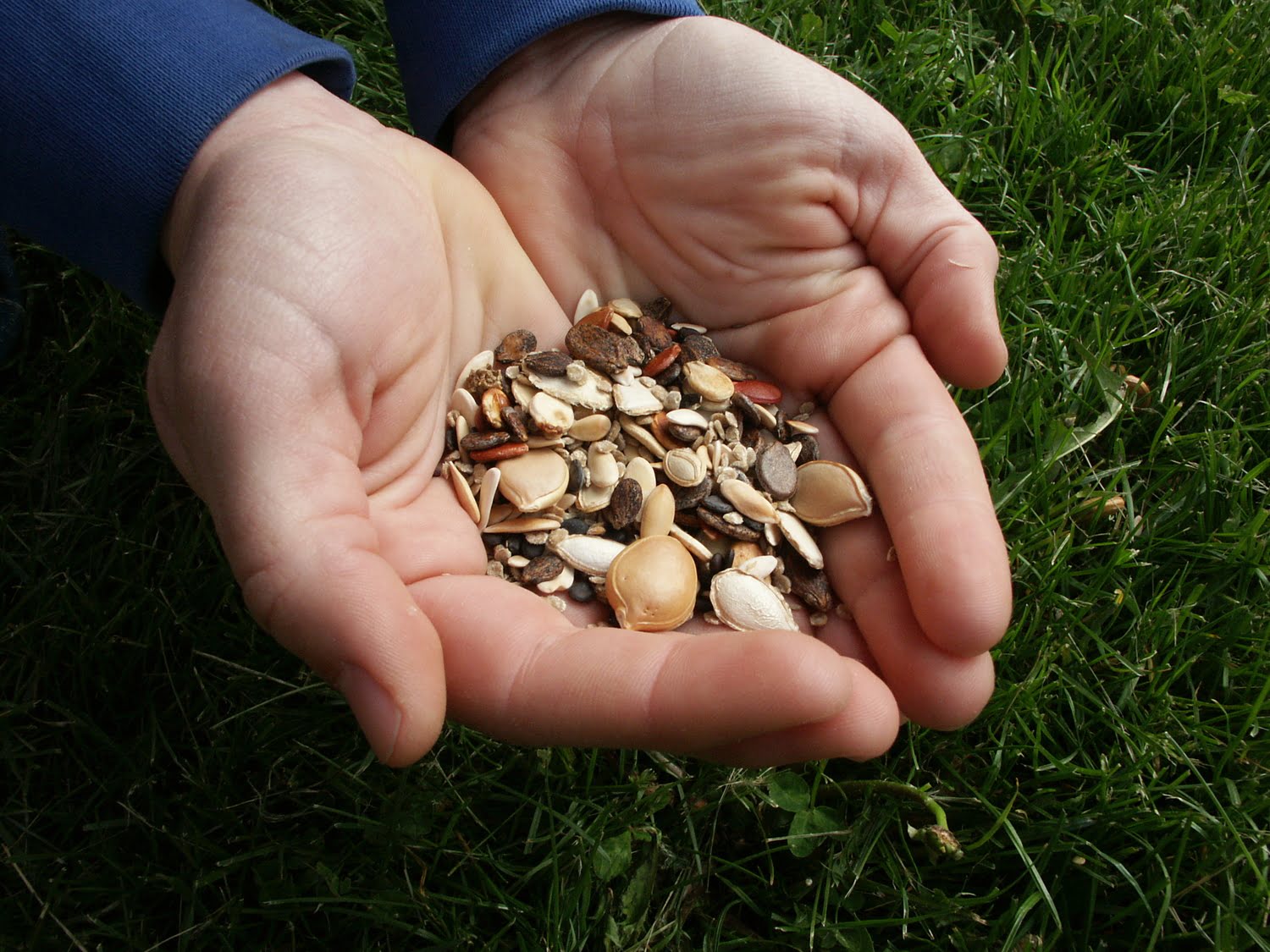
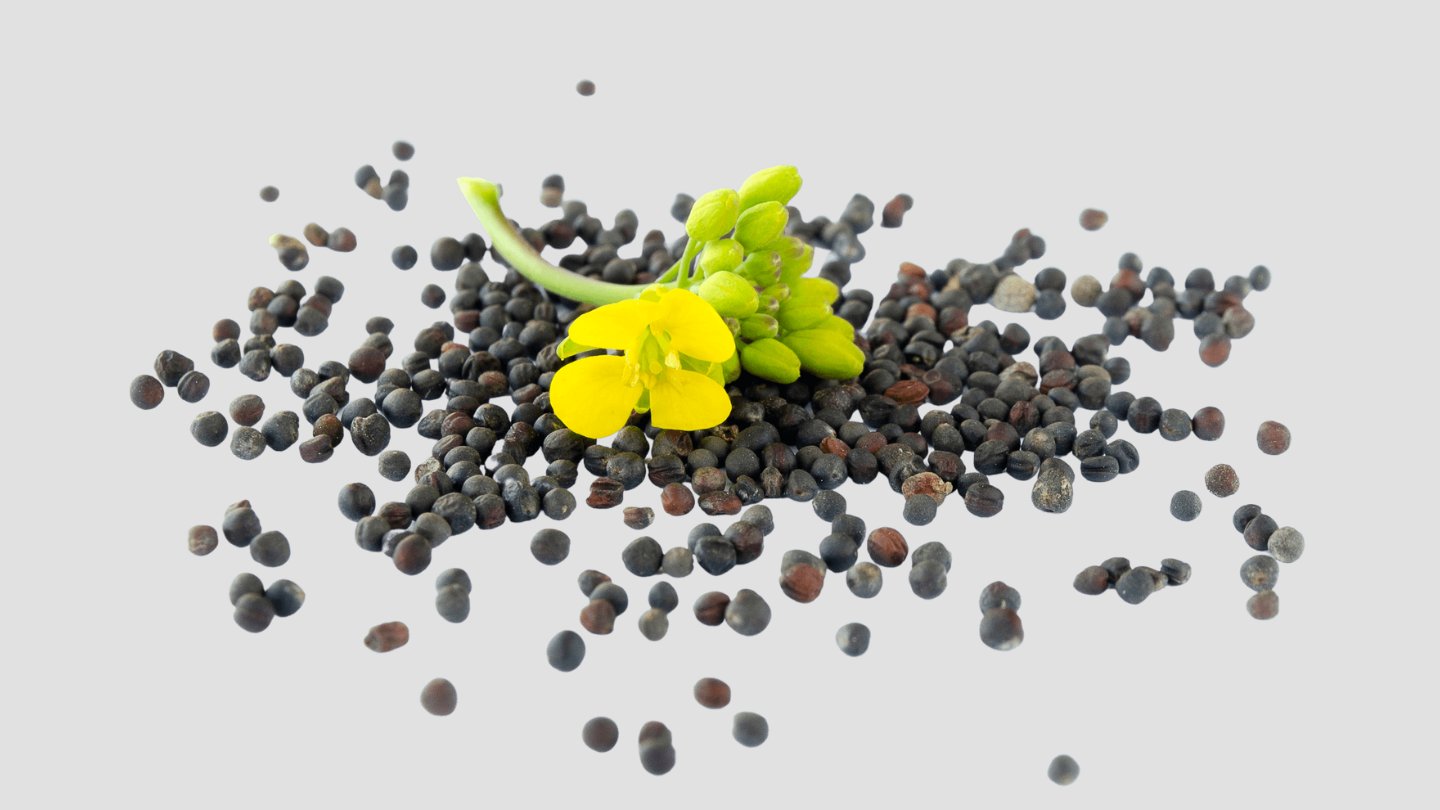
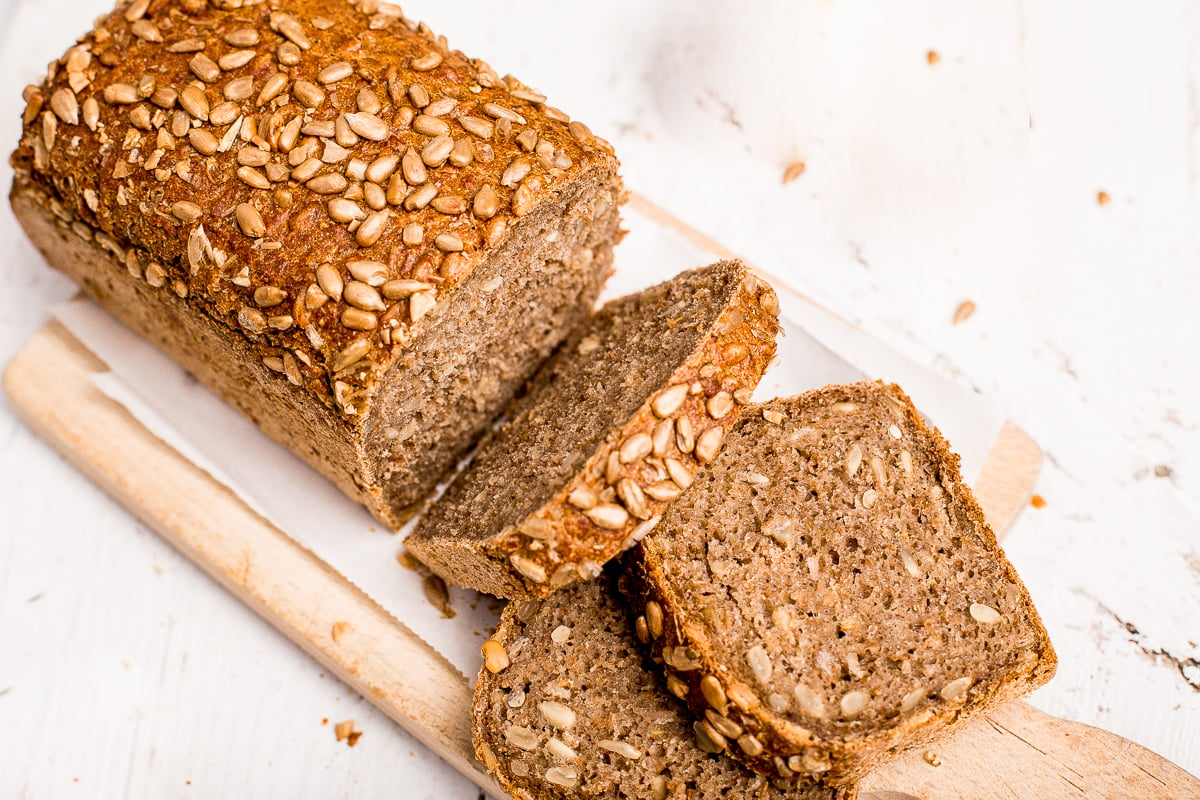
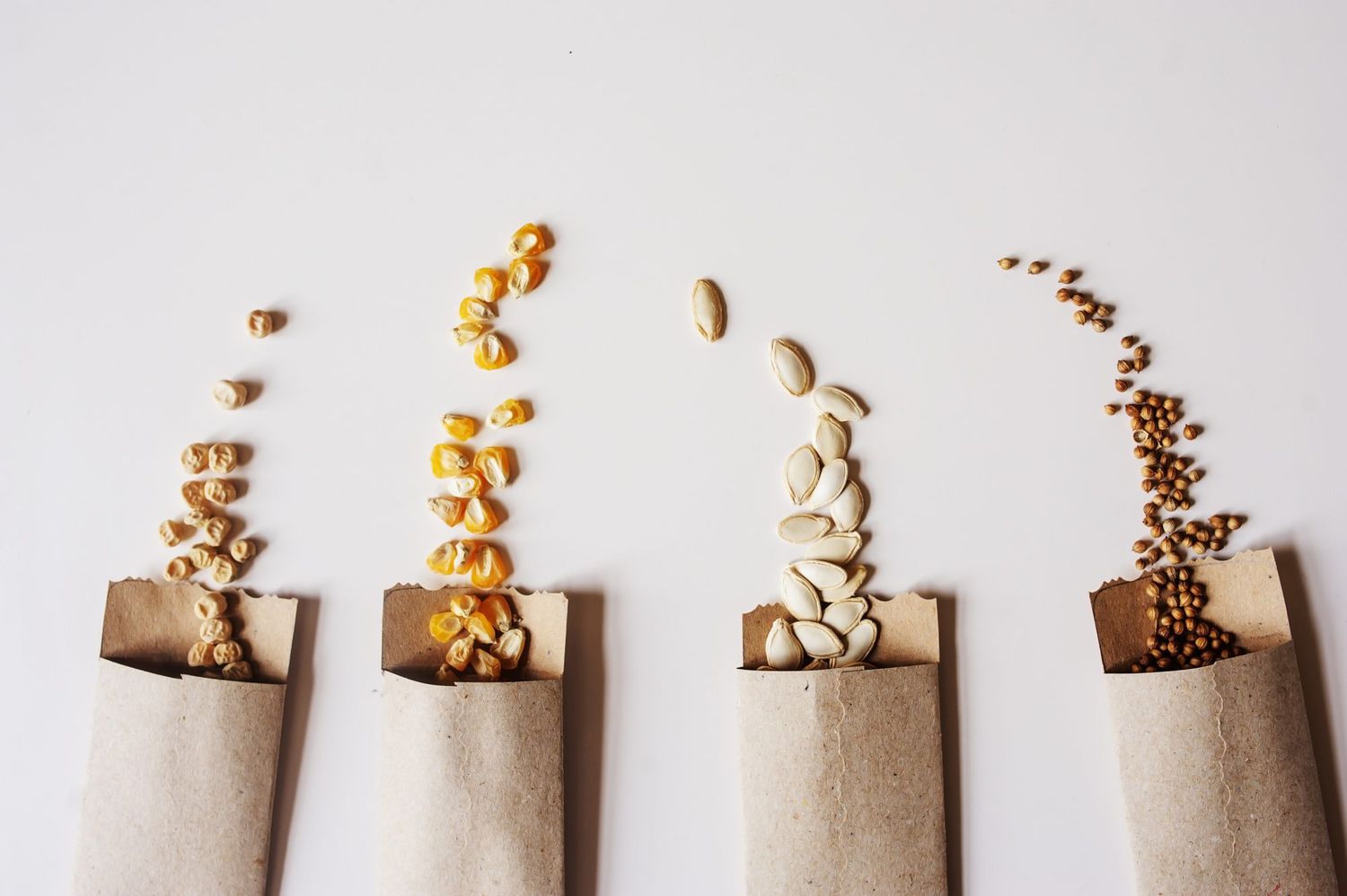
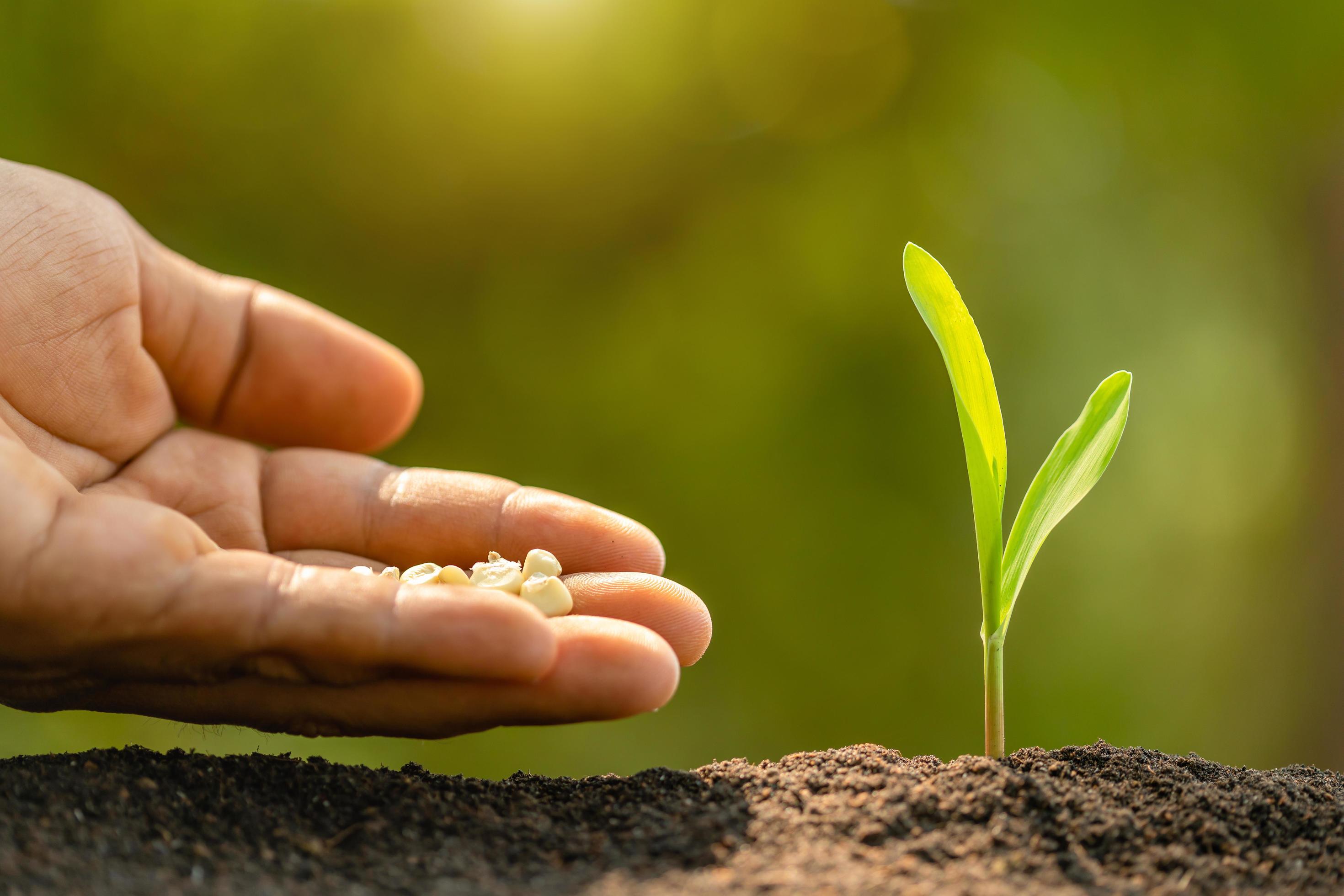
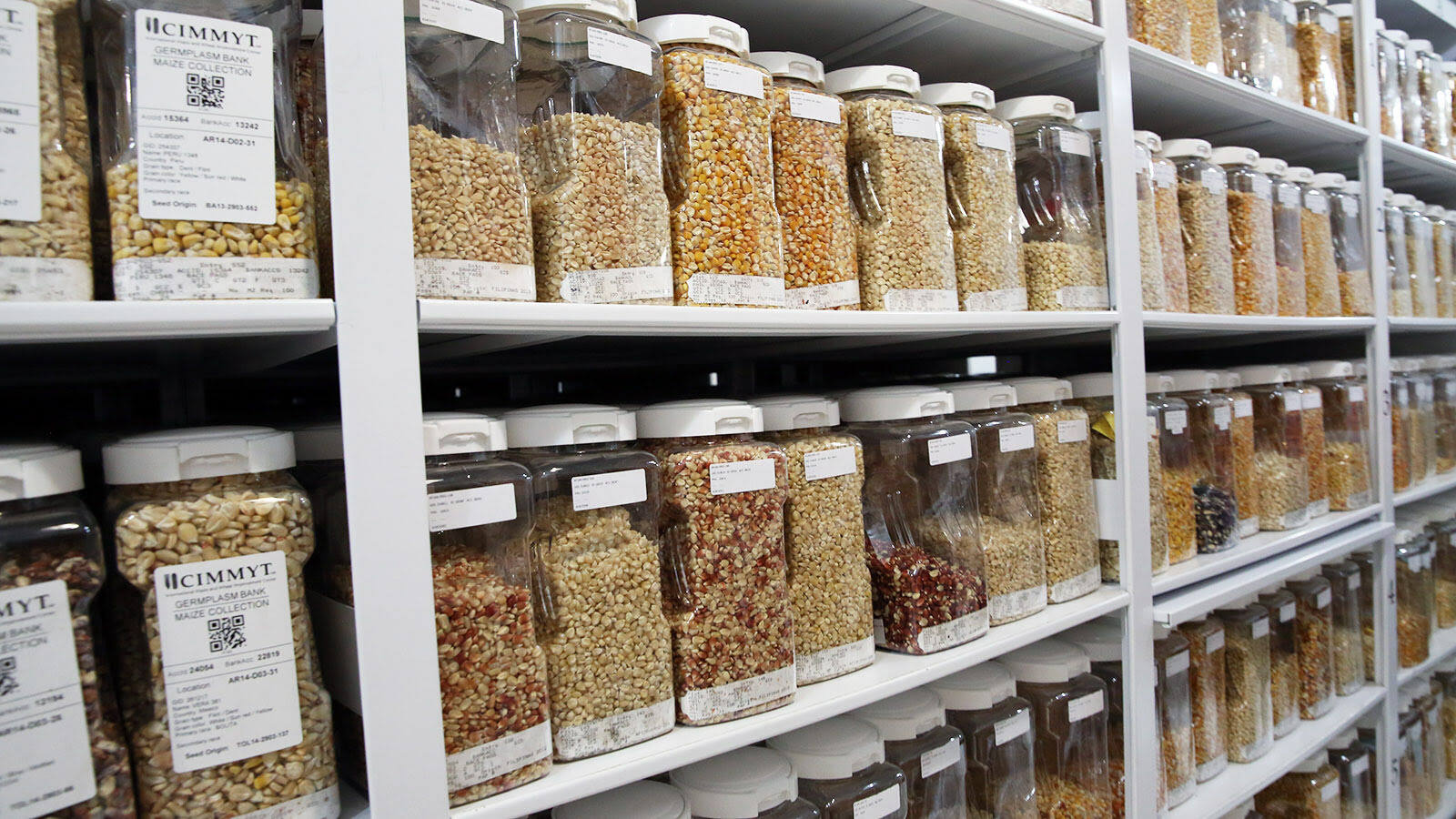
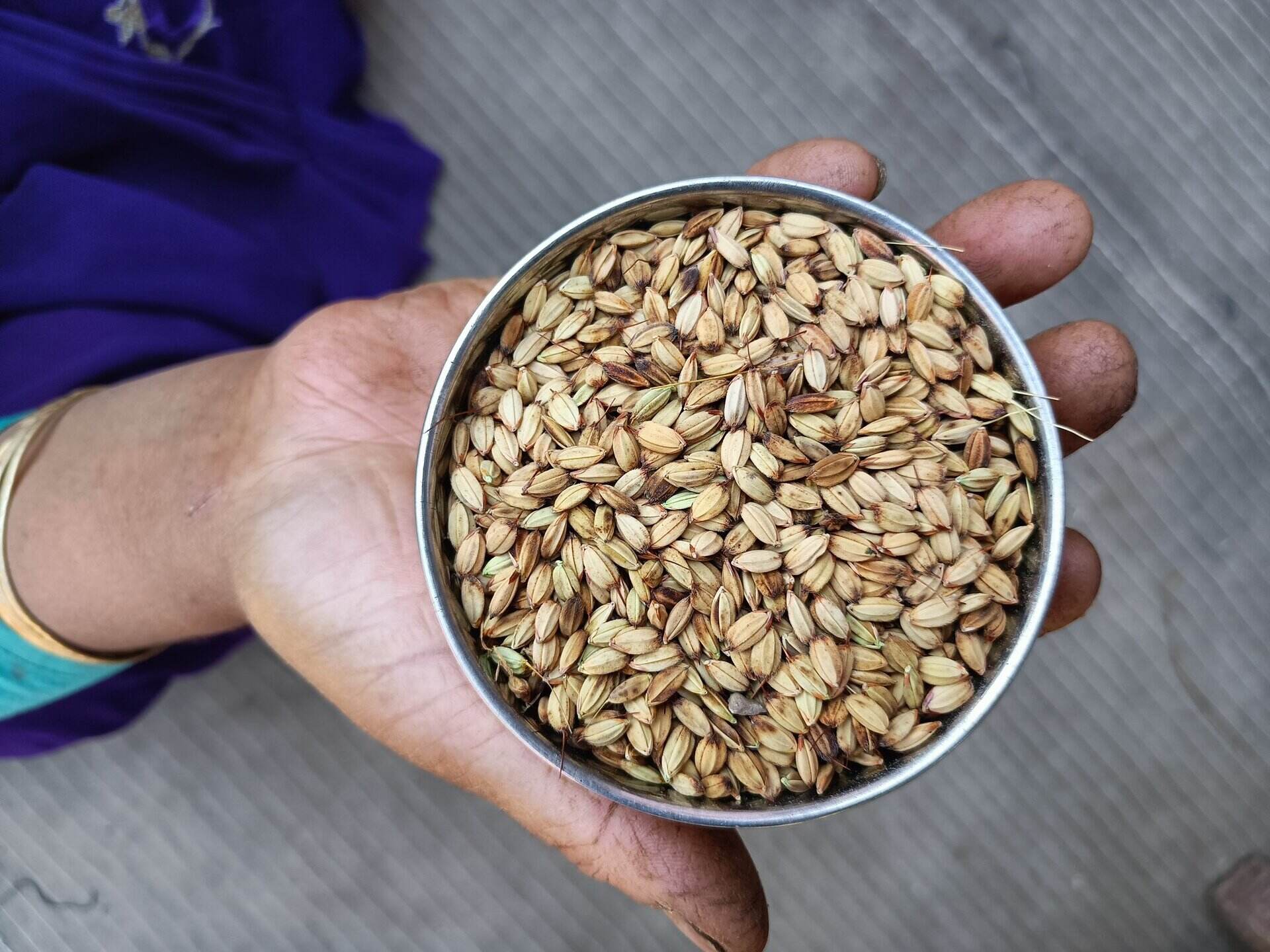
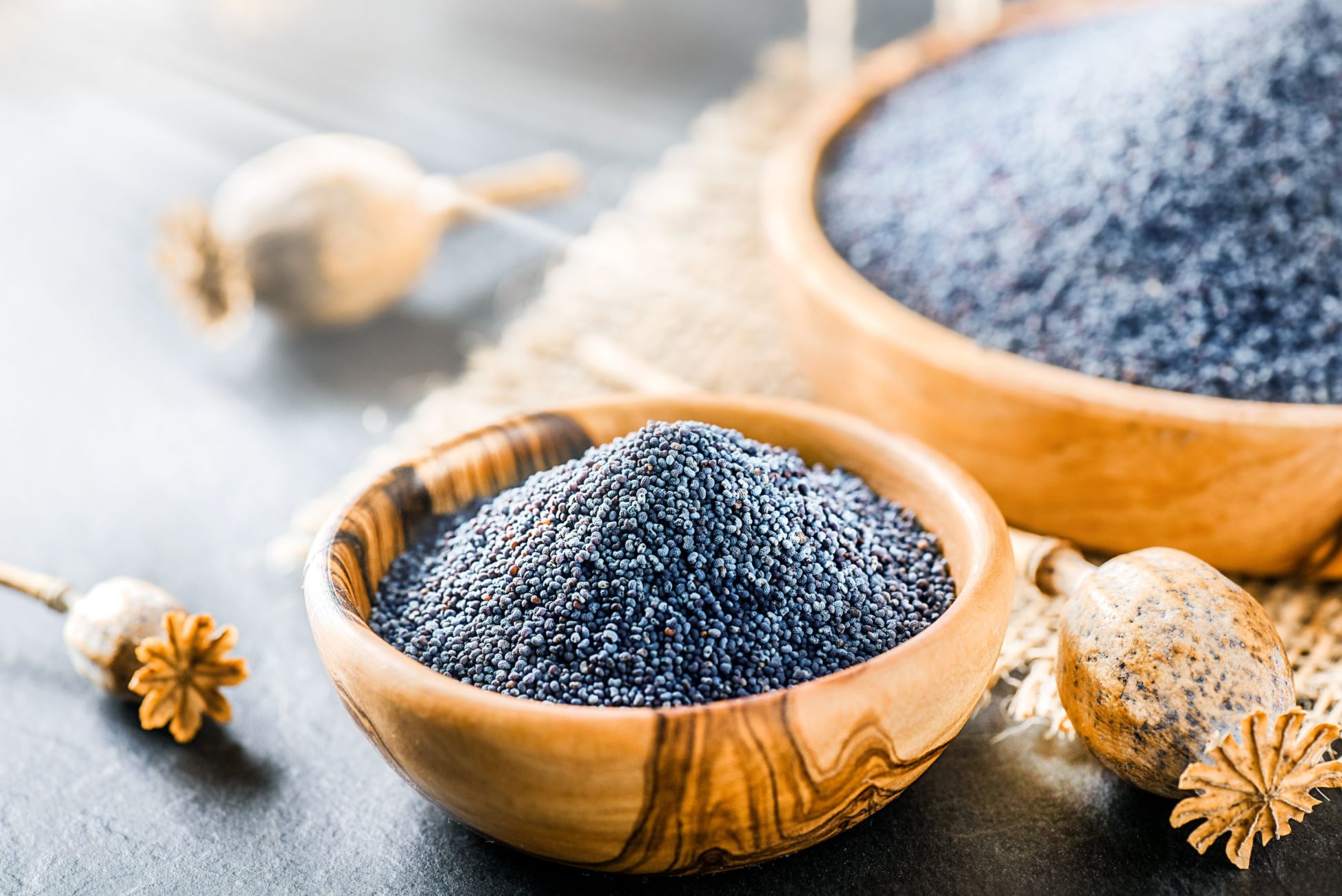
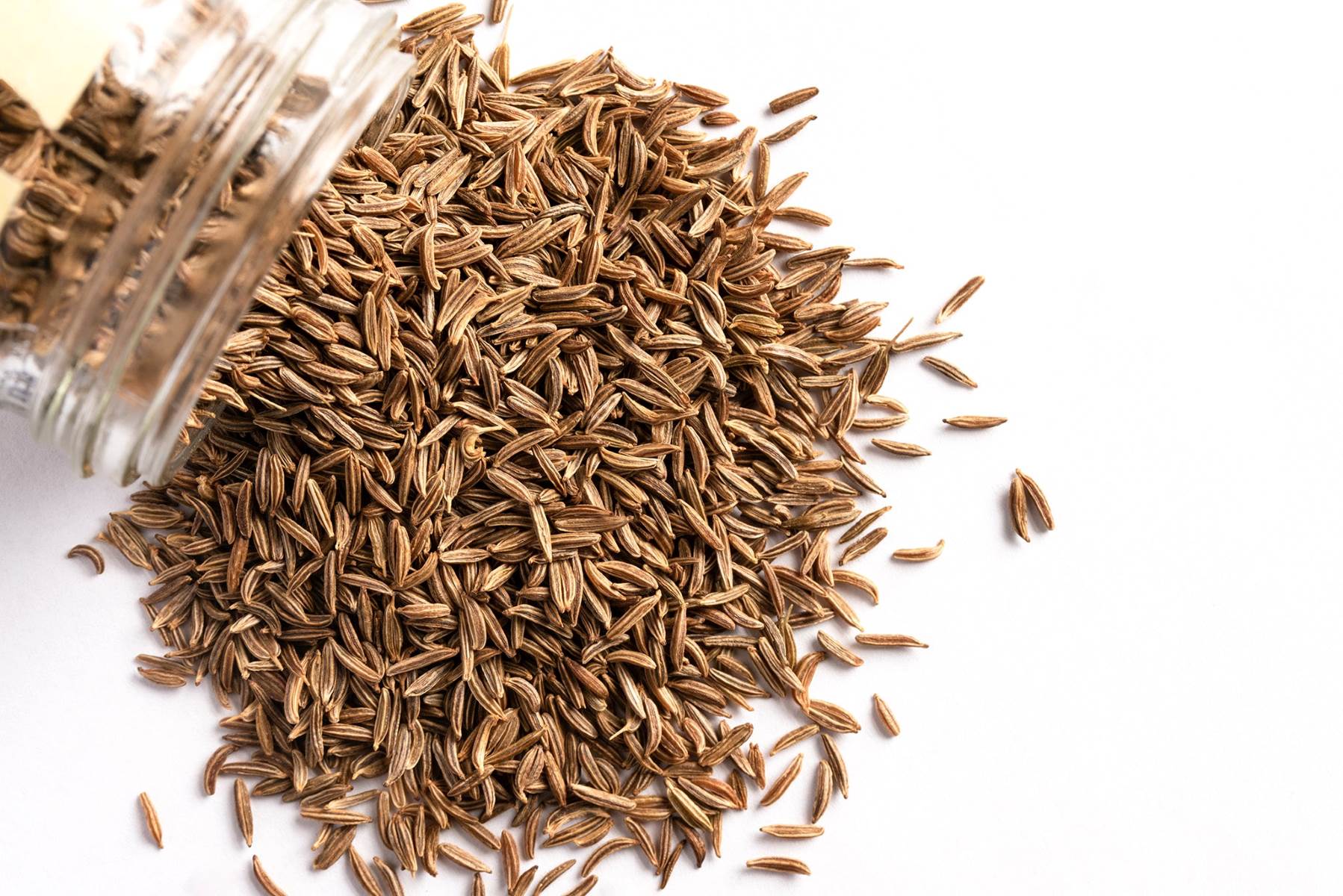

0 thoughts on “What Is Inoculated Seed”